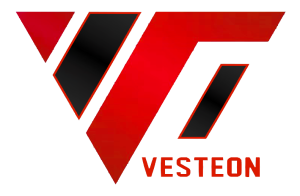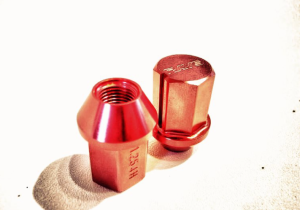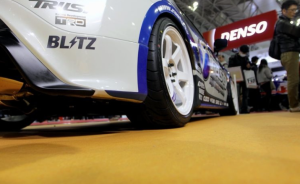The main function of hub screws is to fix the hub. But there are two ways to fix it. The first method of fixing the wheel hub with screws on the axle is to directly design the screws that fix the wheel hub on the axle. We fix the wheel hub by tightening the nuts.
From the world’s first three wheeled car manufactured by Mercedes Benz in 1885 to today, our cars are inseparable from one thing – screws. Among the numerous screws, the screw on the wheel hub is essential because without it, no matter how expensive a car may be, it cannot run normally. Perhaps because the screws are relatively small, they are often overlooked during the modification process. So today we will talk about the details of wheel hub modification – wheel hub screws.
The pursuit of details is the foundation for determining the level of quality.
The main function of wheel hub screws is to fix the wheel hub in two ways.
The first type of screw for fixing the wheel hub is on the axle
This method involves directly designing the screws that secure the wheel hub onto the axle, and we secure the wheel hub by tightening the nuts.
The nut end of the second type of fixed hub is on the axle
This method is to design the nut end of the fixed wheel hub on the wheel axle, and we need to tighten the screws to fix the wheel hub.
Ferrari Enzo’s Wheel Hub Single Hole Design
These two methods are applicable to models with ordinary 5-hole and 4-hole wheels. But in addition, there is also a single hole hub design. This design is mainly widely used in the field of Formula One racing, as it requires a shorter time to replace the wheel hub during the race, resulting in a single hole design. However, the single hole screw of F1 is completely different from that of a household car. The single hole screw of F1 will “run tighter” during the driving process of the car, rather than “run looser” like the screw of a household car. At present, both Ferrari Enzo and Porsche Carrera GT are designed with single hole wheels.
When we modify the wheel hub, what type of wheel hub screw should we choose?
The first type of anti-theft screw
Anti theft screws with special patterns
In fact, I personally think anti-theft wheel hub screws are still quite important. Instead of comparing the hardness, weight, and other aspects of wheel hub screws, it is better to first determine whether your wheel hub is in your car. Cases of wheel hub theft often occur, so many anti-theft screws are designed with special patterns on the screw or nut ends to prevent theft. If disassembly is required after installing such hub screws, a wrench with a matching pattern is required for construction. For some friends who install expensive wheels, this is a great choice.
The second type of lightweight screw
This type of screw has been designed with a lightweight treatment, which is much lighter than regular screws, resulting in a slight reduction in fuel consumption. If it is a lightweight screw from a counterfeit brand, there may be a problem of cutting corners. Although the screw is lighter, its hardness and heat resistance are insufficient, and there may be problems such as breakage and tripping when driving for a long time. Therefore, for lightweight screws, large brands should be chosen.
The third type of competitive screw
Regardless of the type of modified component, as long as there is the word “competitive”, it is basically a high-end product. All competitive screws are forged and undergo annealing, light theft, and other treatments during the design process. This results in excellent performance in terms of hardness, weight, and heat resistance. Whether it’s for a family car or a racing track, it’s a good thing with no harm or harm. Of course, there will also be a price gap compared to ordinary screws.
So, when we modify the wheel hub in our daily life, it is very important to choose a suitable screw. Moreover, at the recently held 2014 Tokyo Modification Exhibition, the editor found that many modification car owners in Japan are willing to modify wheel hub screws. Modifying wheel hub screws seems to have become a modification culture, not only visually pleasing, but also capable of achieving high-performance indicators that ordinary screws cannot achieve.









